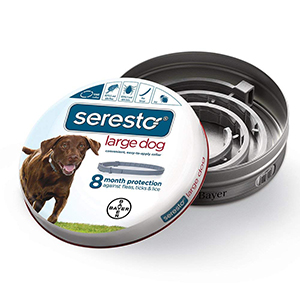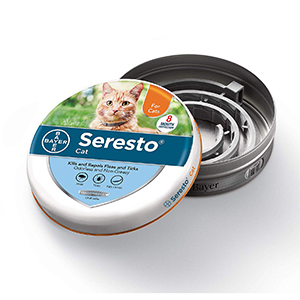Have you discovered an unusual lump, bump or skin mass on your dog or cat? Any skin abnormality should be looked at by a veterinarian. Oftentimes, the lumps and bumps on your cats and dogs are not serious, but your pet’s doctor will perform an examination and tests to determine the cause of the growth and, if necessary, create a treatment plan.
Part of being a responsible pet parent is paying close attention to your dog or cat’s behavior and body condition. Many pet owners perform routine checks to do just that, either during grooming or petting time. Frequently examining your cat or dog allows you to be close to your pet and observe their features without making it feel like a trip to the vet.
Your dog or cat’s skin and coat condition say a lot about their overall health. A full and shiny coat, along with smooth, supple skin are signs of a healthy pet. During petting or grooming you may notice bumps or lumps on your pet’s skin. Lumps and bumps on dogs and cats skin are usually benign, non-cancerous growths that are just part of getting older (especially for dogs); however, it’s always a good idea to take your pet to the vet when you find any kind of lump, growth or lesion under or on their skin.
Non-cancerous Lumps on Dogs or Cats
It can be easy to jump to conclusions when you find a lump under your pet’s skin, but keep in mind that not all skin masses are life threatening. There are many possible reasons why your dog or cat experiences skin irritation or develops lumps under their skin – some that are benign, and others that require medical attention. Here are some common reasons for bumps under your pet’s skin:
- External parasites, such as fleas and ticks
- Mites, which burrow under the skin and can cause demodectic or sarcoptic mange
- Environmental allergies happen with exposure to allergens such as dust, mold or pollen
- Food allergies are the result of consuming an ingredient such as beef, chicken, pork, corn, eggs, etc., that is a known allergen for your pet
- Infection with bacteria or yeast, which is often secondary to another underlying medical issue
- Ringworm is a fungus that affects the outer layer of skin and hair
- Hematoma, also known as blood blisters
- Cysts are the result of clogged or inflamed glands
- Warts, which are small, benign growths caused by a virus
The most accurate way to tell what type of growth is on your dog or cat’s skin is through an examination by your vet. Your pet’s doctor will start with a physical exam, looking at and touching the lump or bump. Be prepared to answer questions, including how long has the lump been there, if your pet seems bothered by it (chewing, licking or itching the bump) or if you have noticed other changes in their behavior.
Your vet might also choose to perform lab tests to further examine the bump, such as a Fine Needle Aspirate procedure. A fine needle is inserted through the center of the lump in order to extract material, such as cells or fluids that can be evaluated under a microscope. Another test your veterinarian might do is a biopsy. This procedure involves taking a sample of the growth to send to a pathologist.
These types of non-cancerous lumps and bumps in pets, while usually not life-threatening, can still cause your dog or cat discomfort. After examining and identifying the lump, your vet will make the decision whether or not to remove it. If necessary, your vet will perform a surgical procedure to safely remove the lump. The good news is that often, many bumps on the skin can be left alone or topically treated.
Tumors in Dogs and Cats
Benign Tumors
Tumors are abnormal tissue growths, and they are not always cancerous (also called benign tumors). Oftentimes, benign tumors stay in one place and do not metastasize. A lipoma, for example, is a benign tumor composed of fat cells. These can be found anywhere on cats and dogs, but are common in older dogs, especially females. Although not life-threatening, benign tumors can grow quite large and interfere with normal body movement. In this case, the mass might require surgery to remove.
Malignant Tumors
Malignant tumors – also known as cancerous tumors – are aggressive, meaning they grow and spread rapidly. Cancerous tumors, if not detected and treated early, can be life-threatening. If the skin mass is suspicious, your vet might surgically remove it right away for further testing and to determine the best course of treatment.
Lumps and Bumps on Older Dogs
Dogs, in particular, are susceptible to developing lumps and bumps as they age. Older dogs also have a greater chance of having malignancies. If you have an older dog, it is even more important to perform regular and frequent checks on their skin to catch potential issues as soon as possible.
Recommended Products
| Picture | Name | Price | Description |
 |
FURminator for Dogs Undercoat Deshedding Tool for Dogs | $27.95 | More |
 |
Furminator for Cats Undercoat Deshedding Tool for Cats, Stainless Edge with Fur Ejector | $45.88 | More |
 |
Bayer Animal Health Seresto Flea and Tick Collar for Large Dogs | $57.99 | More |
 |
Seresto flea collar for cats, 8-month flea and tick prevention for cats 10 weeks of age and older | $57.99 | More |































